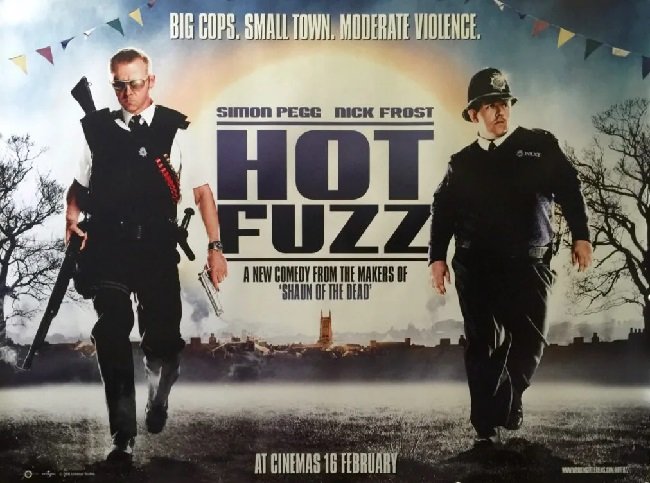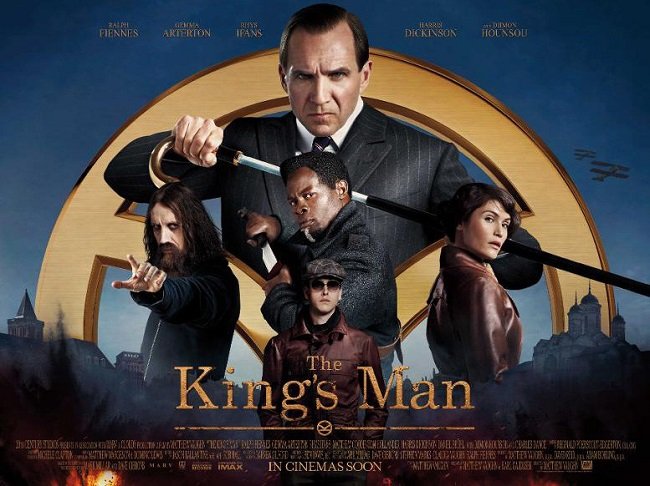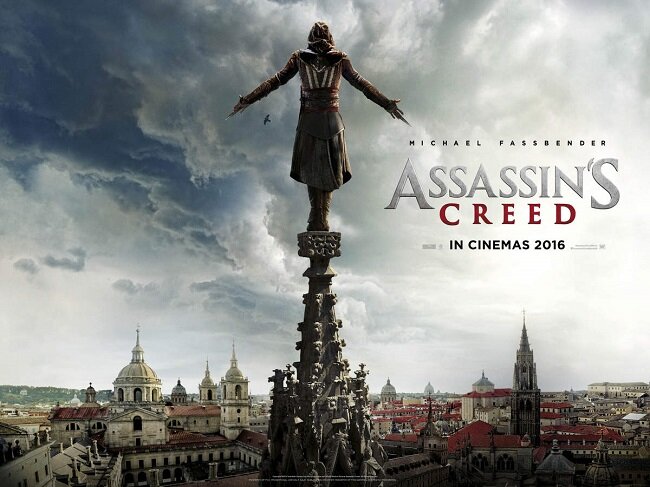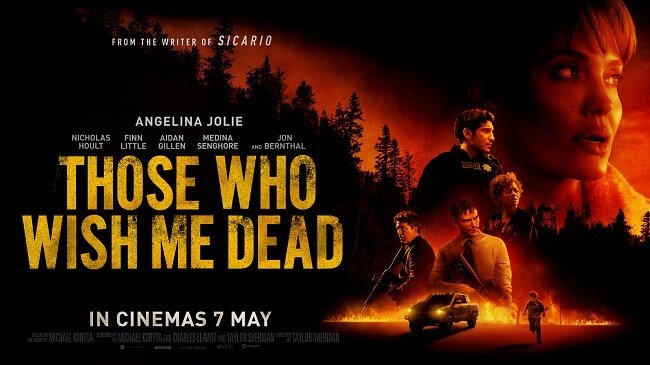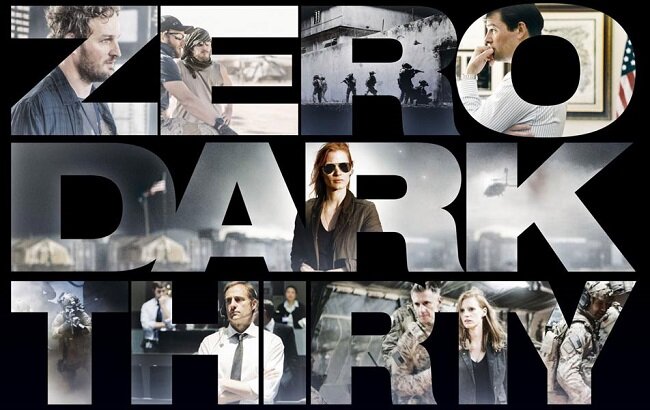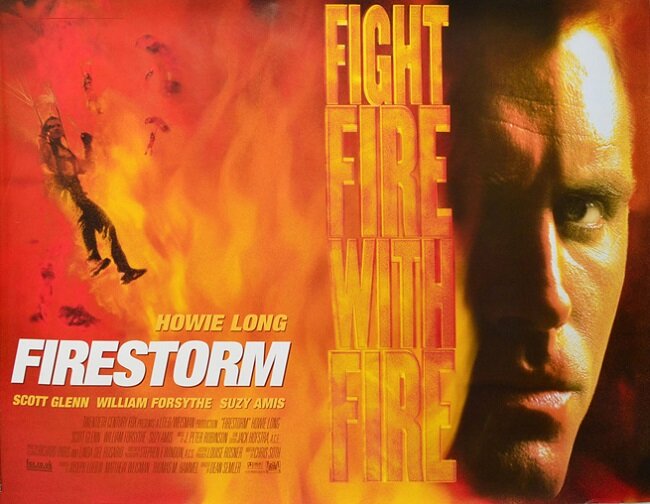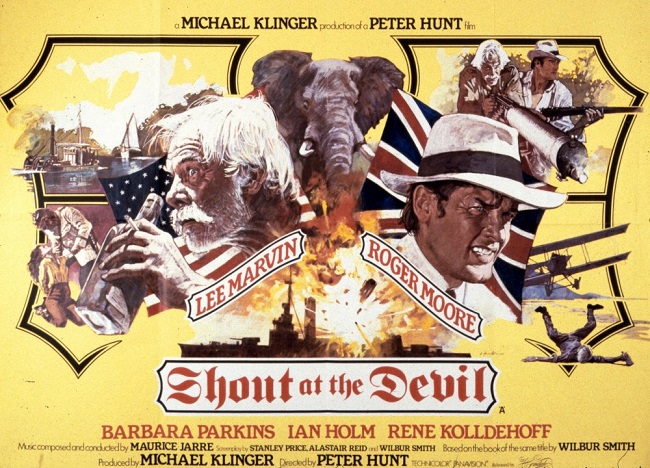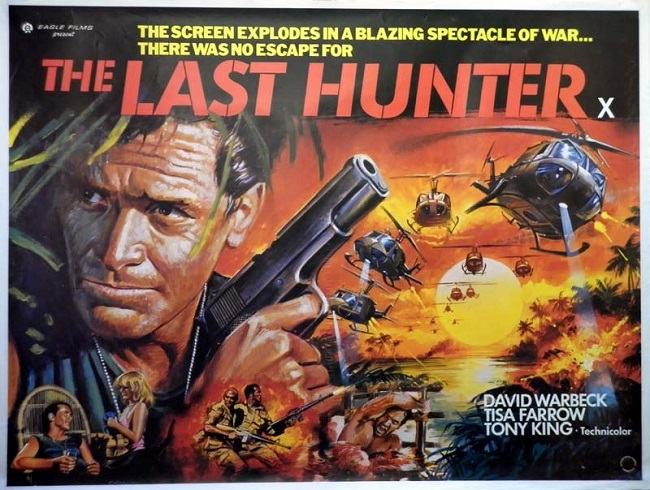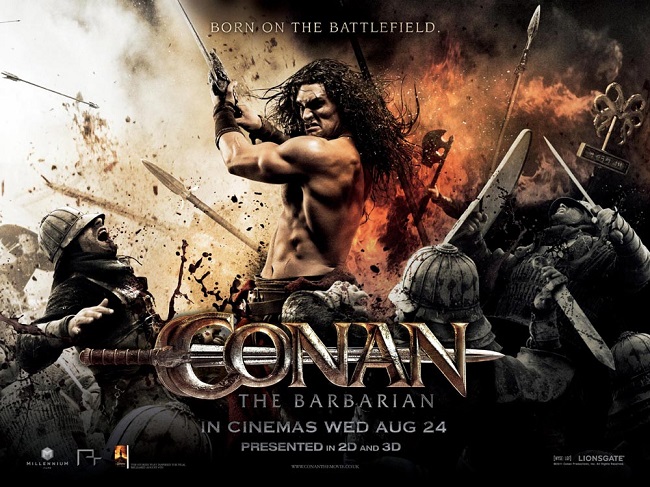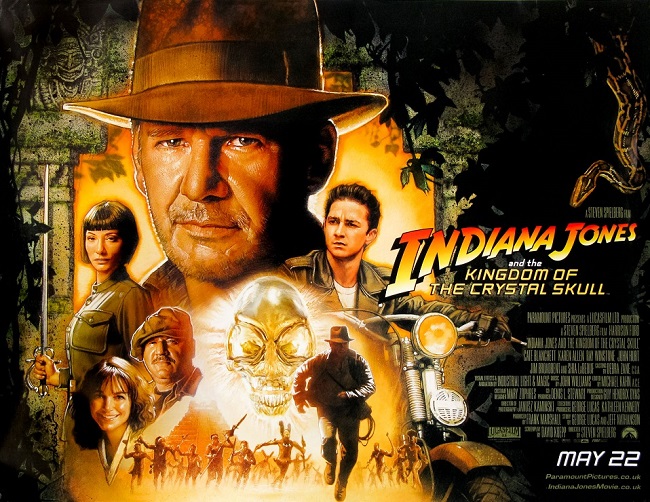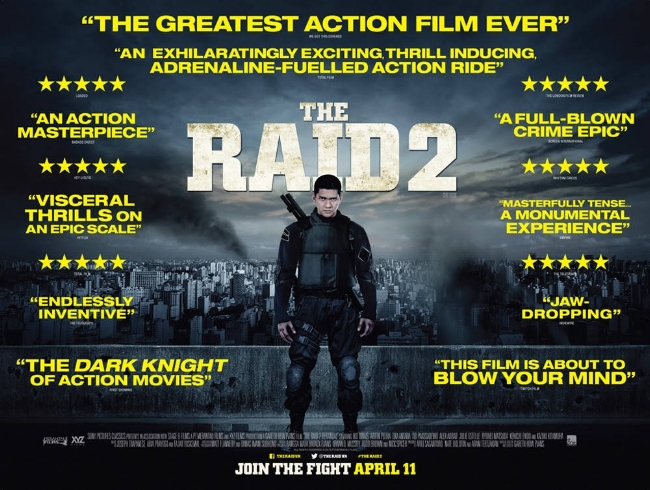The Boondock Saints Unrated Director's Cut (1999)
Writer and director Troy Duffy obviously set out to make The Boondock Saints a "cult" movie and to find a niche market audience that would champion it. Every thematic and cinematic attribute you associate with contemporary, "hip", independent film making is duly trotted out and used in an arbitrary fashion. The Boondock Saints is violent (in that very stylised Tarantino sense of the word), slick, contrived and deliberately controversial. It also perpetuates every possible cliché about the Irish as a race and the Roman Catholic church that you can think of. Yet despite these facts, there is still the germ of a good film at its core. Vigilanteism has always been an intriguing and emotive subject that can make for challenging cinema. Populist content such as this can also be the key to box office success.
Two Irish Boston brothers, Connor and Murphy MacManus (Sean Patrick Flanery and Norman Reedus) fall foul of the Russian Mafia. After a questionable act of self-defence is "overlooked" by the local Police, the brothers conclude that they’re doing God's work and decide to clean up the town. Aided by a minor foot soldier of the local Mafia (David Della Rocco), who sees their crusade as a way to settle personal scores, the body count starts to increase. Enter FBI profiler Paul Smecker (Willem Dafoe), who after a time starts questioning his profession and sympathising with the murderous trio. The various conflicts of interest and upsetting of the criminal status quo, eventually leads to a standoff that seems to have an inevitable conclusion.
The Boondock Saints lurches from scene to scene with a lumbering sense of momentum, leaving occasional interesting ideas only partially explored. The opening half of the film is the most satisfactory as the story provides sufficient motive for the two brothers to pursue their killing spree. The proceeding become somewhat derailed once Rocco joins the team, as this contrived plot devices finally put pay to any originality. The introduction of an openly gay FBI agent embodies invokes possible stereotype and really does beggars belief. Profanities fly at unprecedented levels and the comic relief, such as the accidental shooting of a household pet, is unsubtle and crass. The gun battles are lovingly shot in slow motion and edited to a quasi-Irish folk, post-modern soundtrack. Mr. Duffy really wanted this film to be remembered by those enamoured with "cult" cinema and does everything he possibly can to achieve this.
Much has been made of the films violent content. The Director’s Cut of The Boondock Saints replaces all the death scenes from the theatrical version with alternative takes. One bullet hit becomes three and there is noticeably more blood splatter and injury detail. Even so, this is not anything ground breaking. We have all been here before and seen far more graphic material framed against far better narratives. There is also an attempt to imbue the action scenes with an artistic sense of style, of the "Peckinpah" idiom. There’s copious use of slow motion and cross cutting of subjects matters. However, as the overall film lacks the intellectual and emotional content The Wild Bunch or Bring Me the Head of Alfredo Garcia, then most of this visual posturing fall upon stony ground.
But despite all these faults, this chaotic mess still manages to entertain at some level. The ending is left conspicuously open and the credits roll over bogus news reports, conducting a vox pop relating to "the saints" activities. Regardless of the respective merits of this film, it garnered a big enough following via word of mouth and the internet for the director to make a sequel a decade later. Therefore, only watch The Boondock Saints if you are in a particularly forgiving mood and tolerant of fan boyish enthusiasm masquerading as genuine film making skill. Scholars of cinema may be curious just to see all the possible school boy mistakes that can be made during the course of one single action film.


